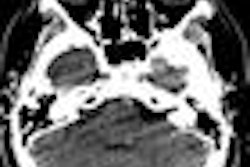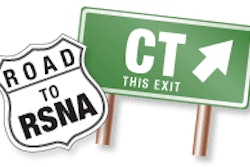Wednesday, November 28 | 11:10 a.m.-11:20 a.m. | SSK16-04 | Room S403B
In a Canadian study, CT technologists rated head CT image quality lower than radiologists when artifacts were present, making them more prone to repeat scans and expose patients to additional radiation.During a CT dose audit conducted in 2010, "we noticed that while we had no significant deterministic level [for] overdose events like what happened in California's Cedars-Sinai [Medical Center], a conspicuously large proportion of our highest overlapping dose outliers were occurring as a result of repeat axial acquisition of plain CT heads, usually in response to significant image artifact of the posterior fossa," said Dr. Jaron Chong from McGill Hospital in Montreal.
From informal discussion with its neuroradiologists, the group felt that the repeat scans were not significantly contributing to the final diagnosis and management of the patients; in addition, there was likely a lower threshold to repeat a scan from the technologist perspective compared to the staff neuroradiologist perspective, according to Chong.
To build their case for a protocol change, the researchers administered a test featuring more than 200 slides of randomized head CT images with artifacts and solicited a quality rating from the pool of technologists and neuroradiologists. They found that technologists were far more likely to rate image quality lower, opting to repeat acquisitions 50% of the time, on average, versus 23% for radiologists.
"We were able to examine their decision-making process to repeat, which we observed differed greatly," he said.
Overall, the results of the self-administered exam confirmed differences in thresholds to repeat exams and underscored the potential for improvement in communicating indications to repeat scans during CT exams, which is now part of ongoing quality improvement efforts.



















